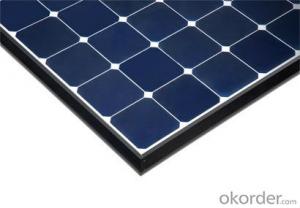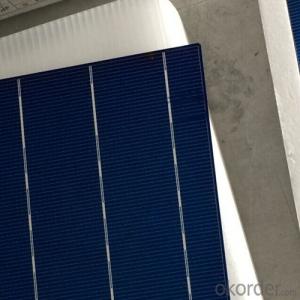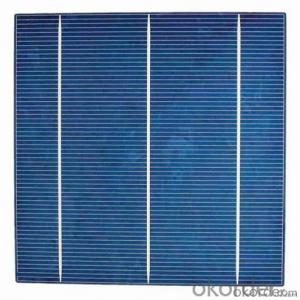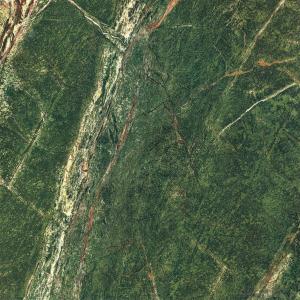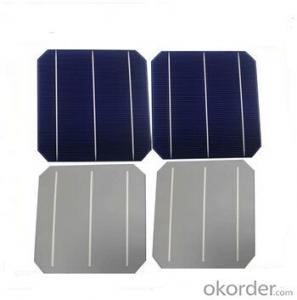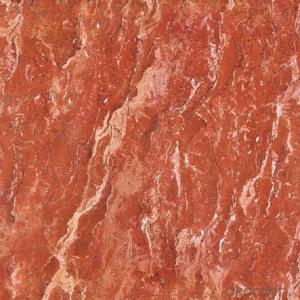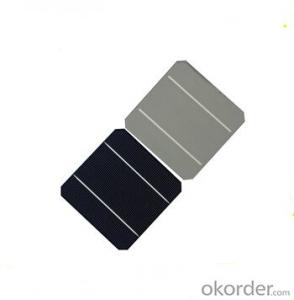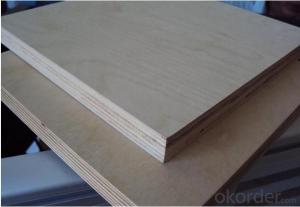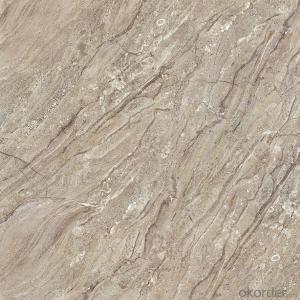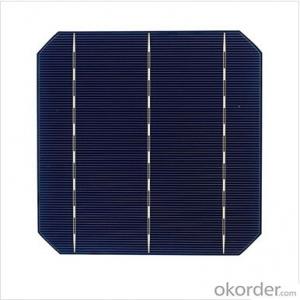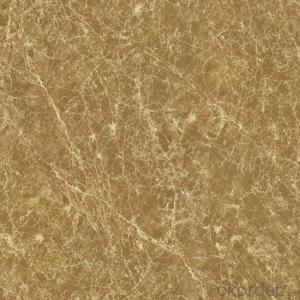Full Tabbed Solar Cells Broken
Full Tabbed Solar Cells Broken Related Searches
Problems With Solar Cells Low Light Solar Cells Full Tabbed Solar Cells Broken Buy Broken Solar Cells Monopod Z07-5 Not WorkingHot Searches
Cheap Solar Cells For Sale Flexible Solar Cells For Sale Printed Solar Cells For Sale Bulk Solar Cells For Sale 6x6 Solar Cells For Sale Broken Solar Cells For Sale Cpv Solar Cells For Sale Price Of Silicon Solar Cells Price Of Solar Cells Over Time Buy Solar Cells From China Cheap Solar Cells China Best Type Of Solar Cells Flexible Solar Cells Price Q Cells Solar Panels Price 3 Types Of Solar Cells Production Of Solar Cells Common Types Of Solar Cells Q Cells Solar Panel Prices Home Depot Solar Cells N-Type Solar CellsFull Tabbed Solar Cells Broken Supplier & Manufacturer from China
Okorder.com is a professional Full Tabbed Solar Cells Broken supplier & manufacturer, offers integrated one-stop services including real-time quoting and online cargo tracking. We are funded by CNBM Group, a Fortune 500 enterprise and the largest Full Tabbed Solar Cells Broken firm in China.Hot Products
FAQ
- How do people price solar cells? Is it based on a specific way of calculating the cost of solar cells?
- According to our calculation the solar power cost around US$230 per square meter is it can generate 120W power supply per square meter.
- The expected degradation rate of a solar cell can vary depending on various factors such as the quality of materials used, manufacturing processes, and operating conditions. On average, solar cells can experience a degradation rate of around 0.5-1% per year. However, with advancements in technology and better quality control measures, modern solar cells are designed to have lower degradation rates, often below 0.5% per year, ensuring their longevity and efficiency over time.
- Yes, solar cells can be used in military applications. They have the potential to power various military equipment and installations, such as remote surveillance systems, communication devices, and even portable charging stations for soldiers in the field. Solar cells offer a renewable and reliable source of energy, reducing the dependency on traditional fuel logistics and enhancing the sustainability of military operations. Additionally, solar cells can be integrated into various military platforms, including unmanned aerial vehicles (UAVs) and ground vehicles, to extend their operational range and increase their efficiency.
- Yes, solar cells can be used in camping or outdoor recreational activities. They are portable and can be easily carried while camping, hiking, or engaging in other outdoor activities. Solar cells can charge various devices such as phones, cameras, and portable speakers, ensuring that you have power even in remote locations where traditional electricity sources may not be available.
- Yes, solar cells can be used in portable devices. They can be integrated into the design of various portable devices, such as smartphones, tablets, and wearable technology, to convert sunlight into electrical energy and charge the device's batteries. This allows for increased convenience and independence from traditional power sources in outdoor or remote environments.
- Solar cells and solar panels are often used interchangeably, but there is a slight difference between the two. Solar cells, also known as photovoltaic cells, are the individual units that convert sunlight into electricity through the photovoltaic effect. On the other hand, solar panels are made up of multiple solar cells interconnected to form a larger module, which is capable of generating a higher amount of electricity. In simple terms, solar cells are the building blocks, whereas solar panels are the final product that harnesses solar energy for power generation.
- Solar cells have a significant impact on reducing air pollution from power generation. By harnessing the sun's energy, solar cells produce clean electricity without emitting harmful pollutants like carbon dioxide and other greenhouse gases. This reduces the reliance on fossil fuels, which are major contributors to air pollution and climate change. Additionally, solar cells help to decrease the release of other harmful pollutants, such as sulfur dioxide and nitrogen oxides, which are commonly emitted during traditional power generation. Overall, the widespread adoption of solar cells can greatly contribute to improving air quality and mitigating the adverse effects of power generation on the environment.

